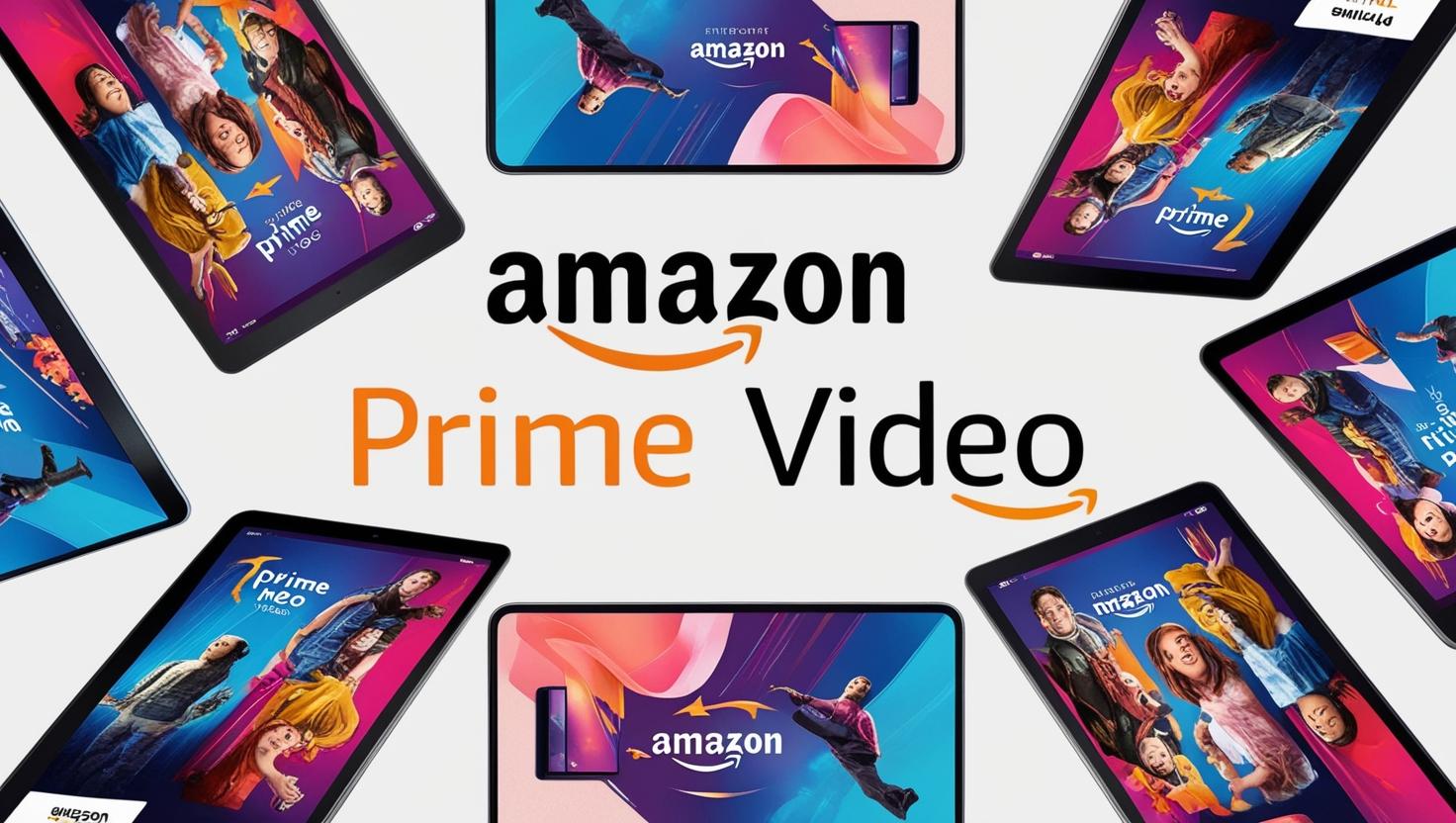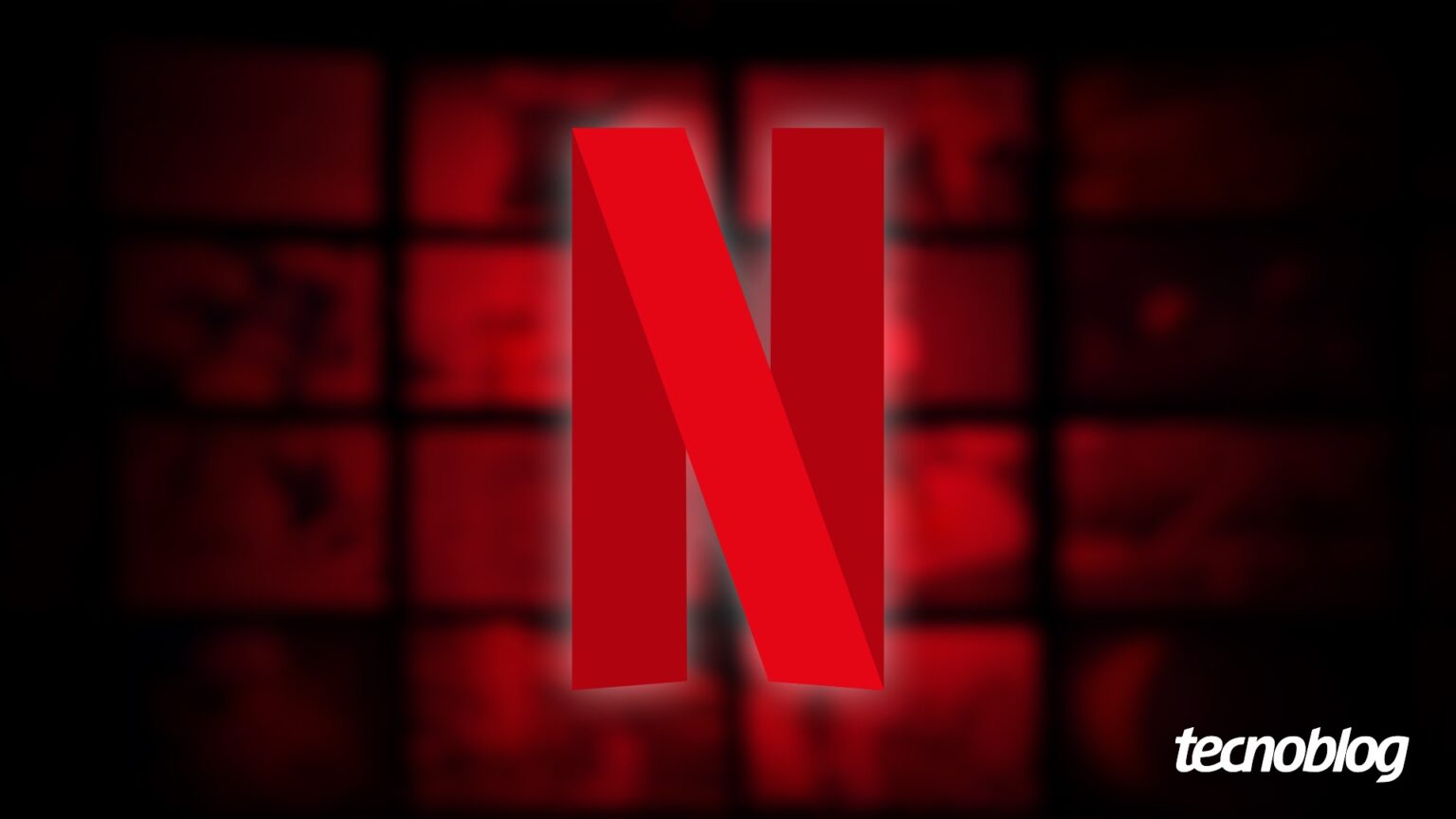How to Make an App Like Twitter
In today’s digital age, social media platforms like Twitter have become indispensable tools for communication, networking, and information sharing. With over 450 million active users, Twitter’s global reach highlights the immense potential of creating a similar app that fosters real-time interaction. If you’ve ever wondered, How to make an app like Twitter? you’ve come to the right place. This blog will walk you through the essential steps, challenges, and best practices involved in building a successful app.
Why Build an App Like Twitter?
Twitter’s success story is a testament to the demand for fast, concise communication. Here’s why creating a Twitter-like app can be a game-changer:
- Market Demand: Real-time communication apps are consistently in high demand.
- Revenue Opportunities: Monetization through ads, premium features, and subscriptions.
- Innovation Potential: Introduce unique features that cater to untapped niches.
By understanding how to make an app like Twitter, you can tap into this lucrative market and provide users with a platform tailored to their needs.
1. Understanding the Core Features of Twitter
To build a competitive app, you need to start by analyzing the key features that make Twitter so popular. These include:
a. User Profiles
Each user should have a profile displaying their name, photo, bio, and activity stats. This fosters personalization and engagement.
b. Tweets and Retweets
The ability to post short, impactful messages and share others’ content is at the heart of Twitter’s success.
c. Real-Time Feed
A dynamic feed that updates instantly keeps users engaged.
d. Hashtags and Trends
These tools help categorize content and amplify visibility.
e. Notifications
Push notifications alert users to interactions, trends, and updates, keeping them connected.
f. Search and Discovery
A robust search function ensures users can find relevant content, people, and hashtags easily.
Integrating these features into your app lays a strong foundation. Remember, simplicity and usability are critical to success.
2. Steps to Create an App Like Twitter
Building a Twitter-like app involves careful planning and execution. Follow these steps:
a. Define Your Niche
Determine your target audience and identify the unique value your app will offer. For example:
- A platform for educators to share quick teaching tips.
- A microblogging site focused on a specific industry.
b. Create a Wireframe
Develop a blueprint of your app’s design and user flow. Tools like Figma or Adobe XD can help you visualize the interface and navigation.
c. Choose the Right Tech Stack
Select technologies that ensure scalability and performance:
- Frontend: React Native or Flutter for cross-platform compatibility.
- Backend: Node.js or Python for real-time capabilities.
- Database: MongoDB or PostgreSQL to manage large datasets.
d. Develop MVP (Minimum Viable Product)
Start with a basic version of your app that includes essential features. This allows you to:
- Test functionality.
- Gather user feedback.
- Optimize your app before a full-scale launch.
e. Integrate Advanced Features
Once the MVP is validated, add features like AI-driven content recommendations, advanced analytics, or voice tweets to enhance user experience.
3. Overcoming Development Challenges
Building a successful app isn’t without hurdles. Here’s how to address common challenges:
a. Scalability
As your user base grows, your app must handle increased traffic without crashing. Use cloud services like AWS or Google Cloud for seamless scaling.
b. Data Security
Protecting user data is paramount. Implement end-to-end encryption, secure APIs, and regular vulnerability assessments.
c. User Retention
Competition is fierce. Retain users by offering:
- Intuitive design.
- Regular updates based on feedback.
- Engaging features like gamification or loyalty programs.
4. Monetization Strategies
Monetizing your app effectively ensures its long-term sustainability. Here are some proven strategies:
a. Advertising
Display in-app ads without disrupting the user experience. Consider native ads or sponsored posts.
b. Premium Subscriptions
Offer exclusive features like ad-free browsing, advanced analytics, or personalized trends for a subscription fee.
c. In-App Purchases
Enable users to buy digital goods, such as custom themes or badges.
5. Case Study: Success Stories
To inspire your journey, let’s look at some platforms that took inspiration from Twitter and carved their niche:
a. Mastodon
An open-source alternative to Twitter that emphasizes user privacy and decentralized networks.
b. Parler
Targeted a specific demographic, focusing on free speech and less moderation.
These examples highlight the importance of identifying your audience and delivering features that resonate with their needs.
Key Takeaways
Creating a Twitter-like app requires a mix of innovation, technical expertise, and user-centric design. Let’s recap:
- Understand the core features that define Twitter’s success.
- Follow a structured development process from wireframing to launching your MVP.
- Address challenges proactively, focusing on scalability, security, and retention.
- Monetize effectively through ads, subscriptions, and in-app purchases.
At Sodio, we specialize in custom app development, ensuring your vision transforms into a robust, user-friendly platform. Whether you need assistance with design, development, or monetization strategies, our experts are here to help.
Ready to Start?
If you’re eager to bring your idea to life, contact us today. Let’s build the next big thing together.
Hyperlink suggestion: Contact our team now.







